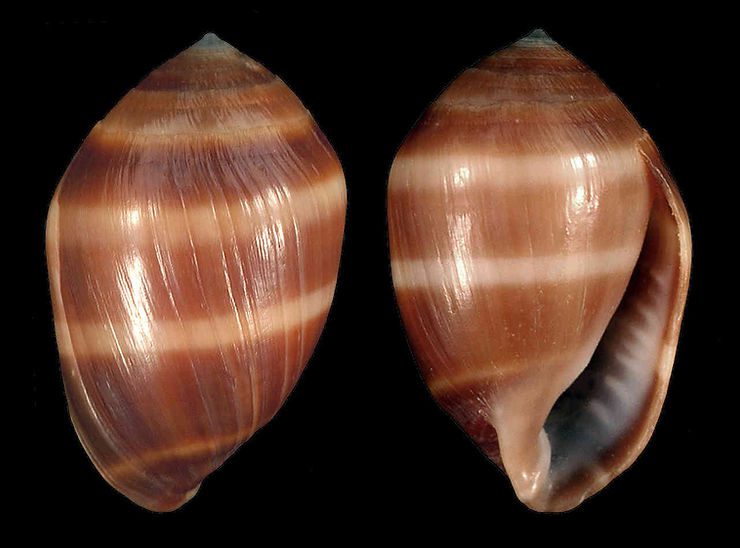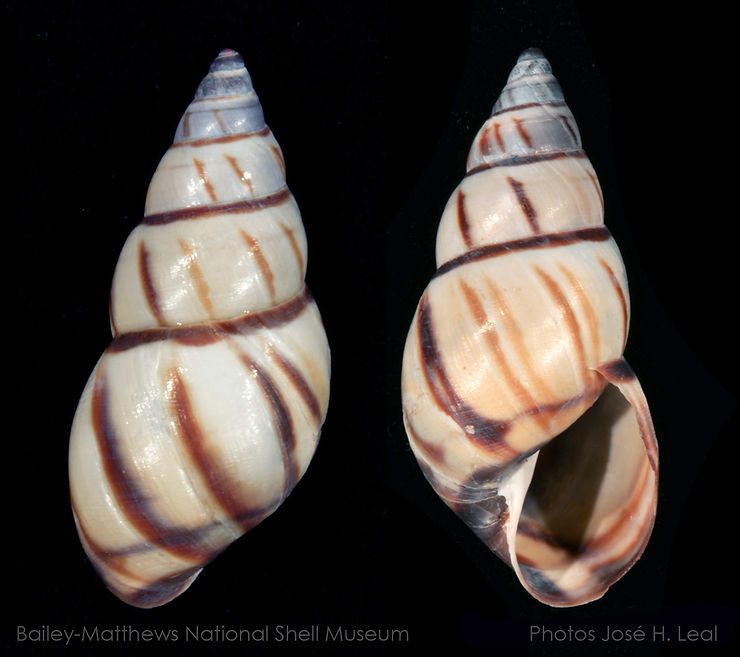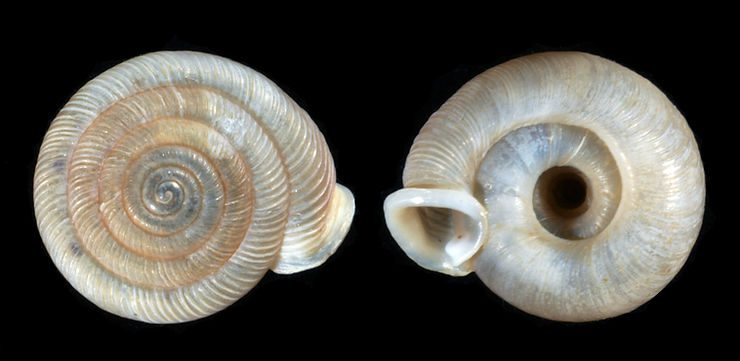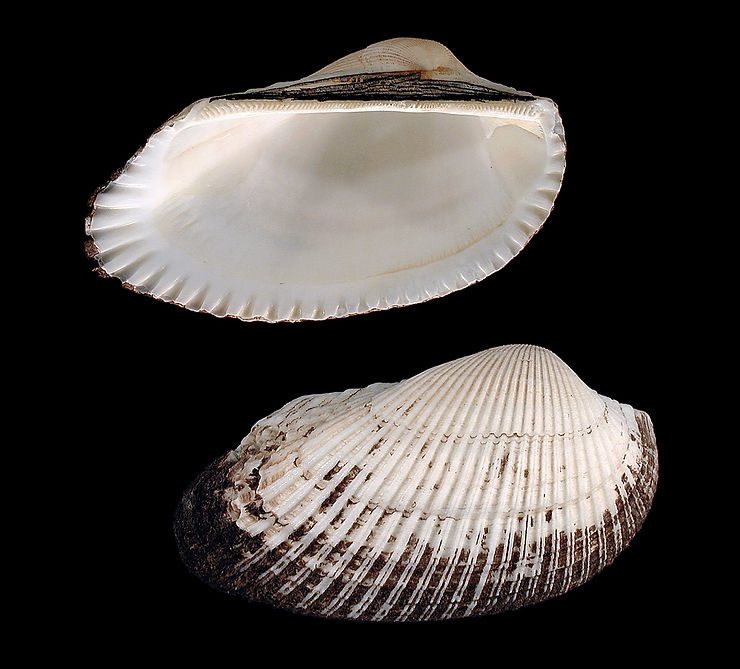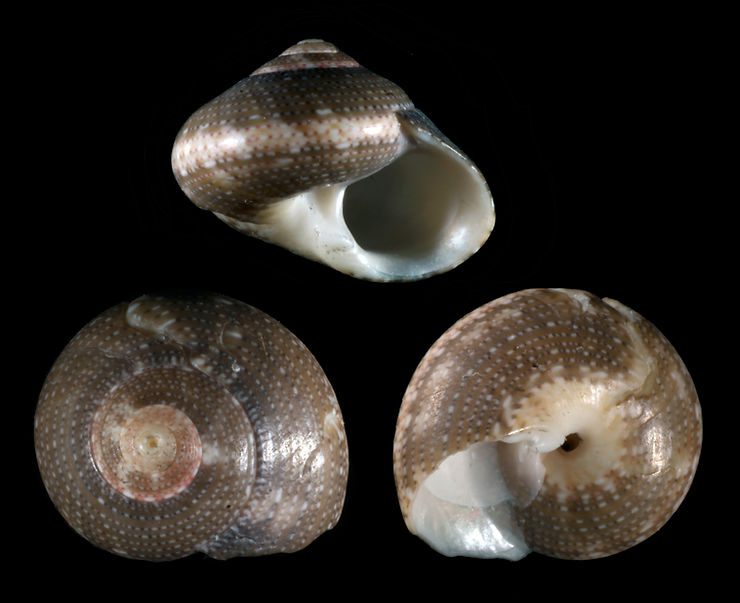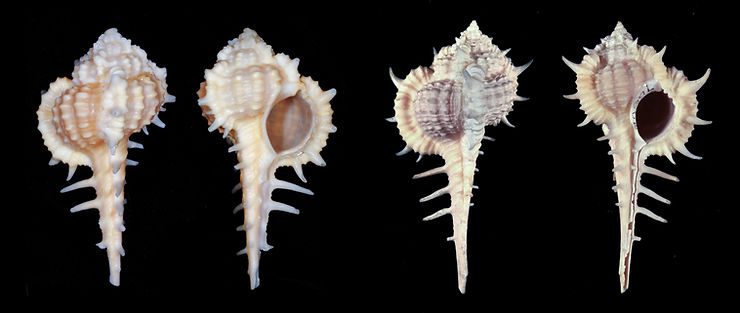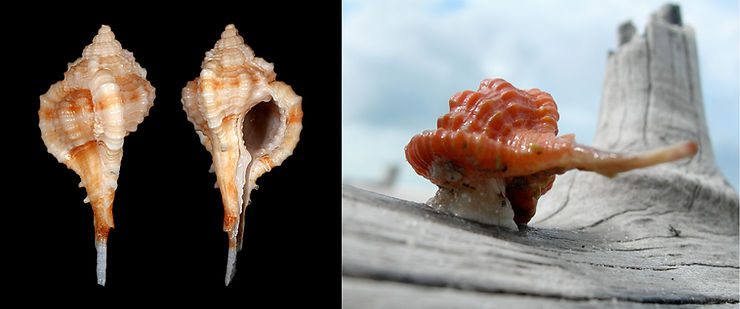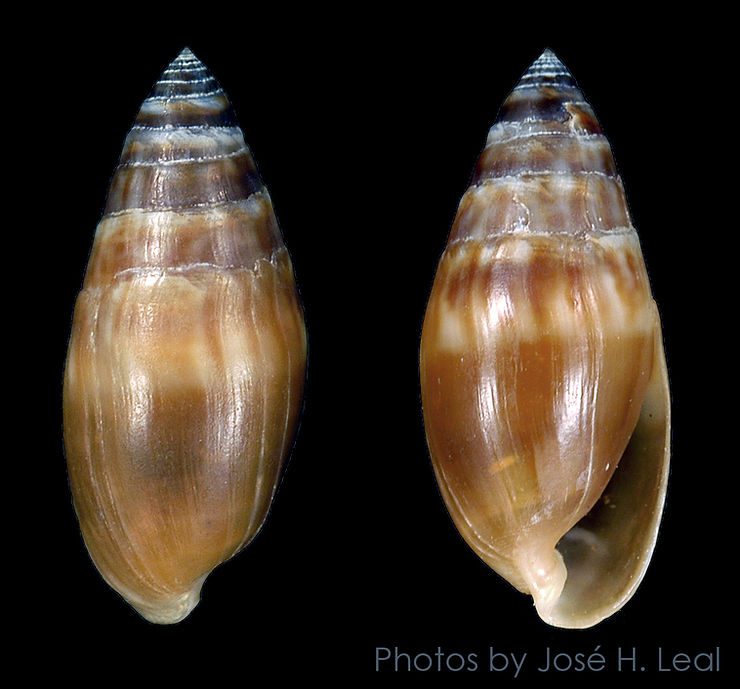
The Bubble Melampus
The Bubble Melampus, Melampus bullaoides (Montagu, 1808), is a close relative of the more commonly found, local Coffee Melampus (covered in last week’s column). Similarly to the Coffee Melampus, the half-inch long Bubble Melampus lives in mangrove areas, where it thrives well above the tide lines. The shell shape of the Bubble Melampus is strikingly different, however; this species has a relatively longer and pointed spire (section of the shell where the whorls, or coils, are concentrated) and s
